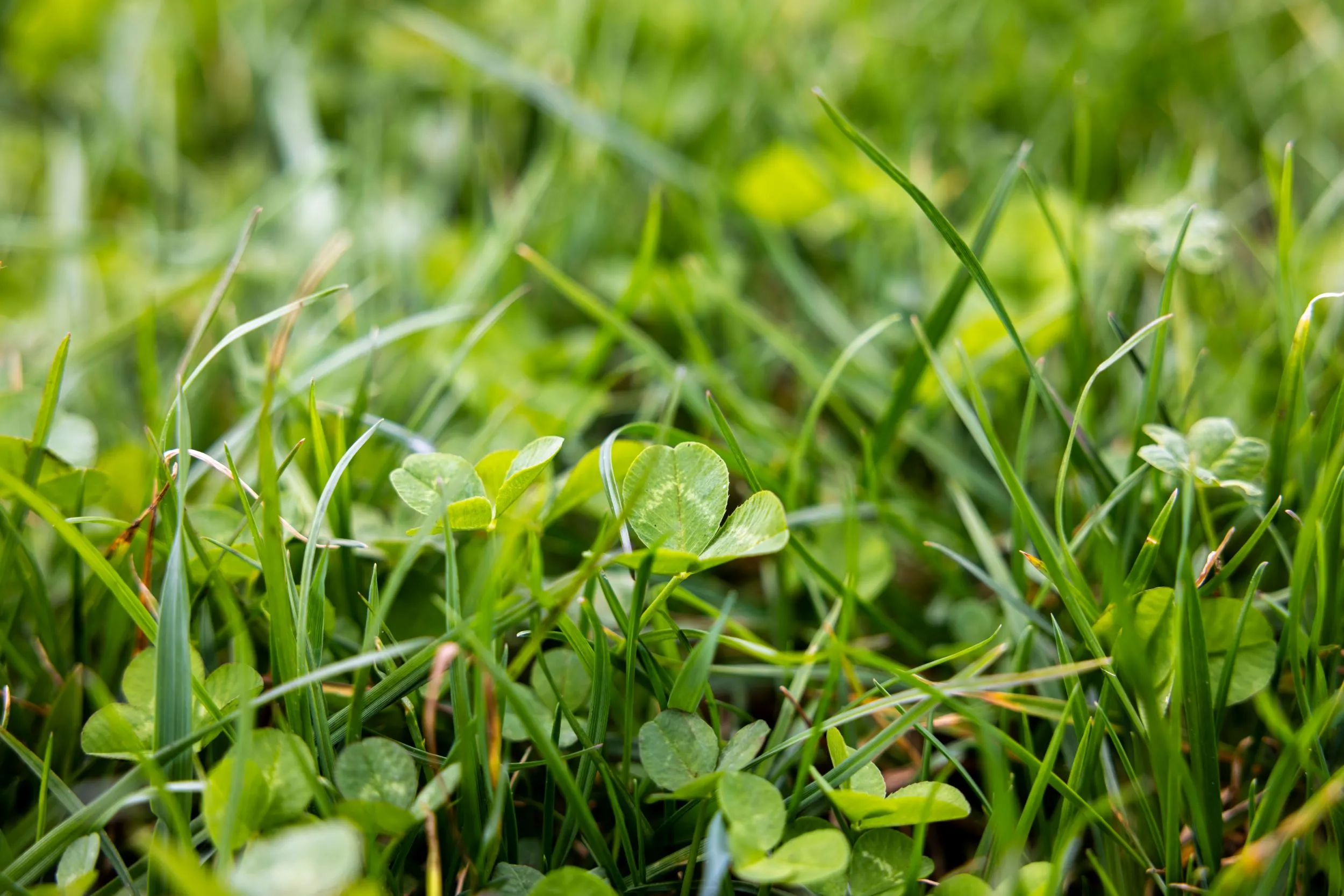
Each farmer receives farm-specific insight into the emissions per kilogram of milk. We use the results from the KringloopWijzer to determine individual rewards in our sustainability program. This is how we aim to encourage emission reductions on the farm.
Tomorrow’s Dairy
With our Tomorrow’s Dairy program, in collaboration with Nestlé, we strive for sustainable dairy farming. The program is built around the principles of regenerative agriculture and CO₂ reduction. Regenerative agriculture focuses on restoring the soil, improving soil quality, protecting water supply, and promoting biodiversity. This enhances farmers’ resilience to extreme weather conditions—such as prolonged drought—enabling them to sustainably support their livelihoods.
In cooperation with external advisors, Wageningen University & Research, supply chain partners, and dairy farmers, we explore practical ways to apply these principles. On an individual level, dairy farms can take measures to significantly reduce CO₂-equivalent emissions per kilogram of milk, with the goal of halving the average emissions of participating farmers.
To enable these reductions, Nestlé and Vreugdenhil are jointly investing €54 million over the coming years.
Currently, around 150 dairy farmers are participating in the program. The project aims to reduce greenhouse gas emissions by 50% by 2030, compared to 2018.